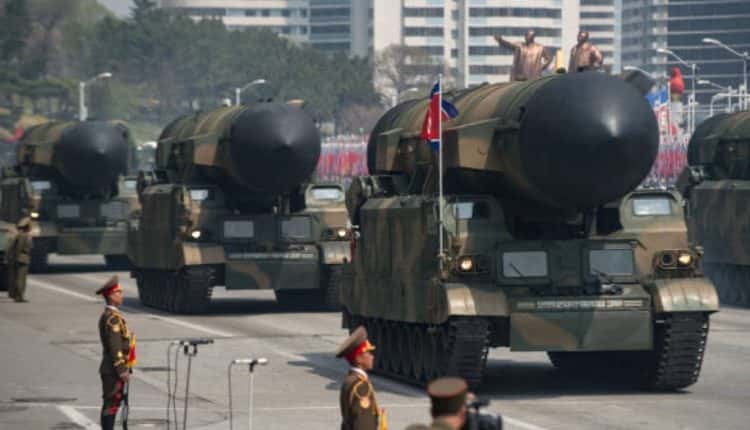
Tensions on the Korean Peninsula have intensified as North Korea has unilaterally scrapped a five-year-old agreement with South Korea aimed at reducing military tensions.
The latest dispute was triggered by Pyongyang’s claim of successfully launching a spy satellite into space, prompting South Korea to partially suspend the accord. In response, North Korea has vowed to fully abandon the pact, deploying stronger forces and advanced military equipment to the border region.
Suspension of the Military Agreement
The escalation began when North Korea announced the successful launch of the Malligyong-1 spy satellite. While South Korea confirmed the satellite’s entry into orbit, it remained uncertain whether it was fully functional.
The move prompted strong condemnation from Seoul, leading to the decision to restart surveillance operations along the border.
In a significant breach of the Comprehensive Military Agreement signed in 2018, South Korea suspended part of the pact, allowing for renewed surveillance activities.
The no-fly zone established under the agreement was violated as tensions between the two nations escalated. A US official characterized South Korea’s response as a “prudent” reaction to North Korea’s failure to adhere to the terms of the pact.
Read more: Memphis Stadium Gets A Major Boost With $50 Million Donation From FedEx’s Fred Smith
The North Korea Retaliation

Pyongyang swiftly responded by fully suspending the September 19 North-South Military Agreement, pledging to withdraw measures aimed at preventing military conflict and deploying more potent armed forces and new military hardware along the border. The statement held South Korea responsible for any potential clashes that might arise.
Further exacerbating the situation, North Korea fired a ballistic missile into the sea east of the Korean peninsula—the first known weapons firing in over two months.
While South Korea reported the likely failure of the missile, Pyongyang insisted the satellite launch was within its “right to self-defense.” The move has drawn condemnation from South Korea, the United States, and Japan. Developing a functioning spy satellite aligns with North Korea’s five-year military plan outlined by leader Kim Jong Un in January 2021.
The technology could enable Pyongyang to monitor the movements of US and South Korean troops with greater precision, potentially escalating regional tensions. As the situation unfolds, the international community closely watches the implications of North Korea’s actions and their impact on the delicate balance in the region.
Read more: Binance Faces Massive Blow: $4.3 Billion Fine And CEO Resignation

